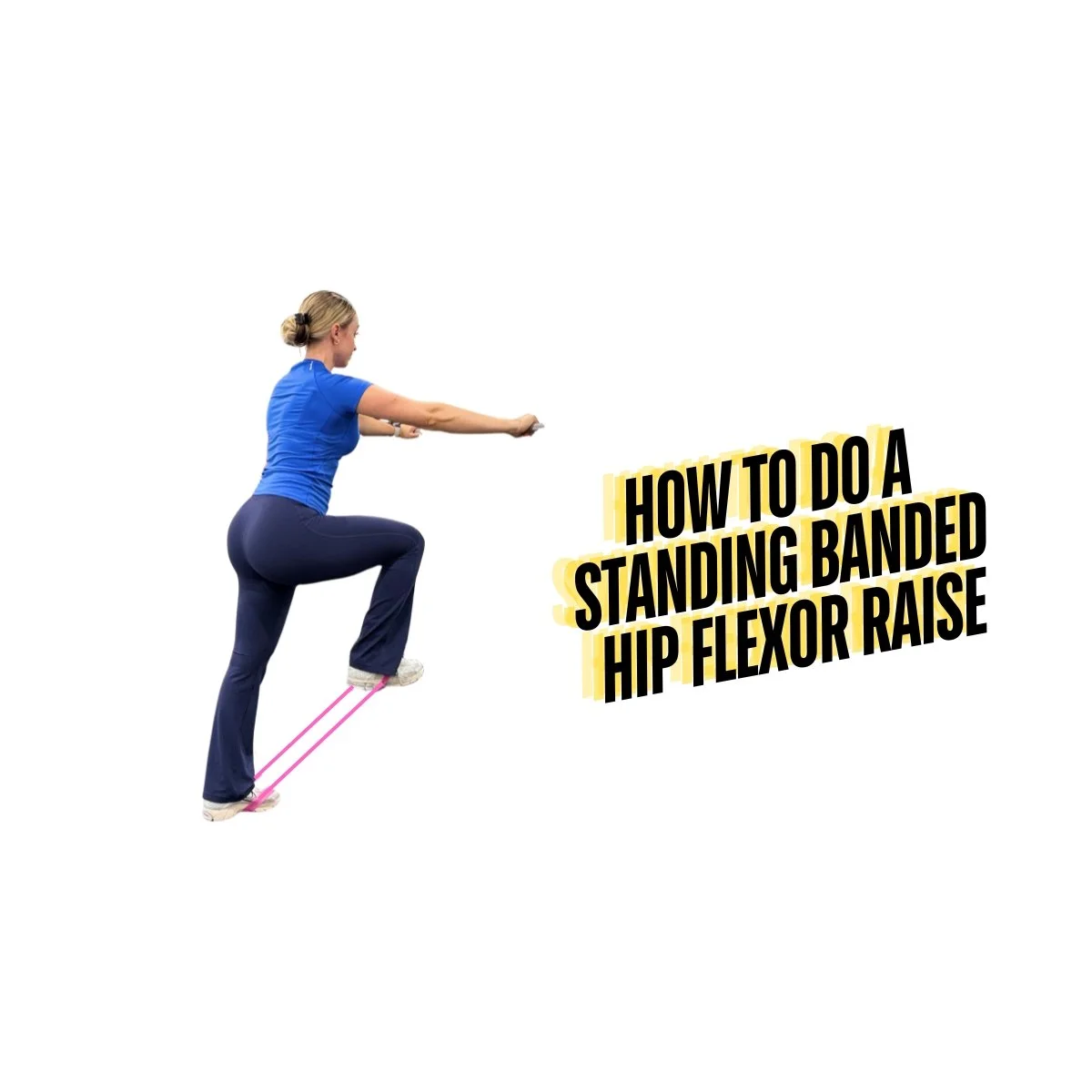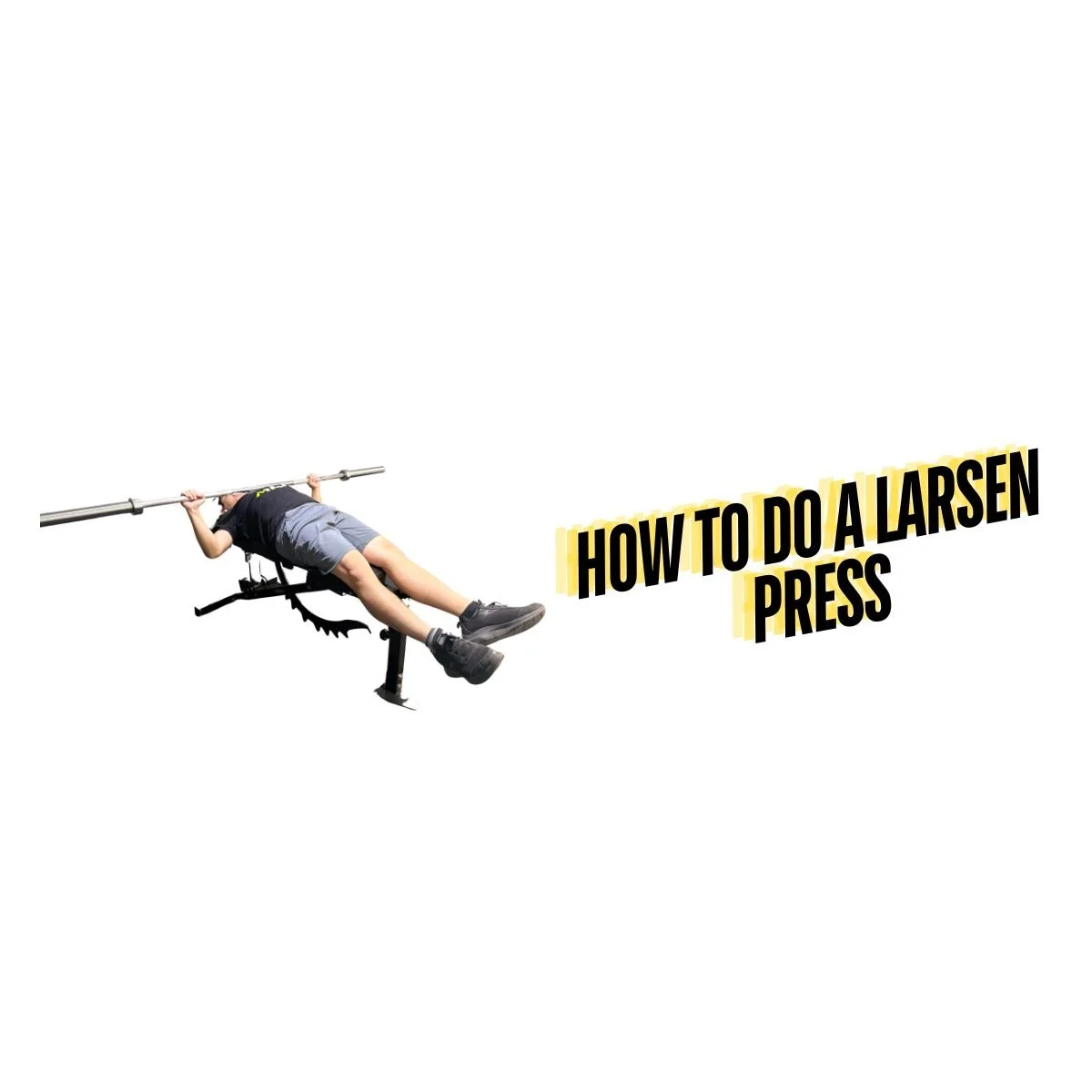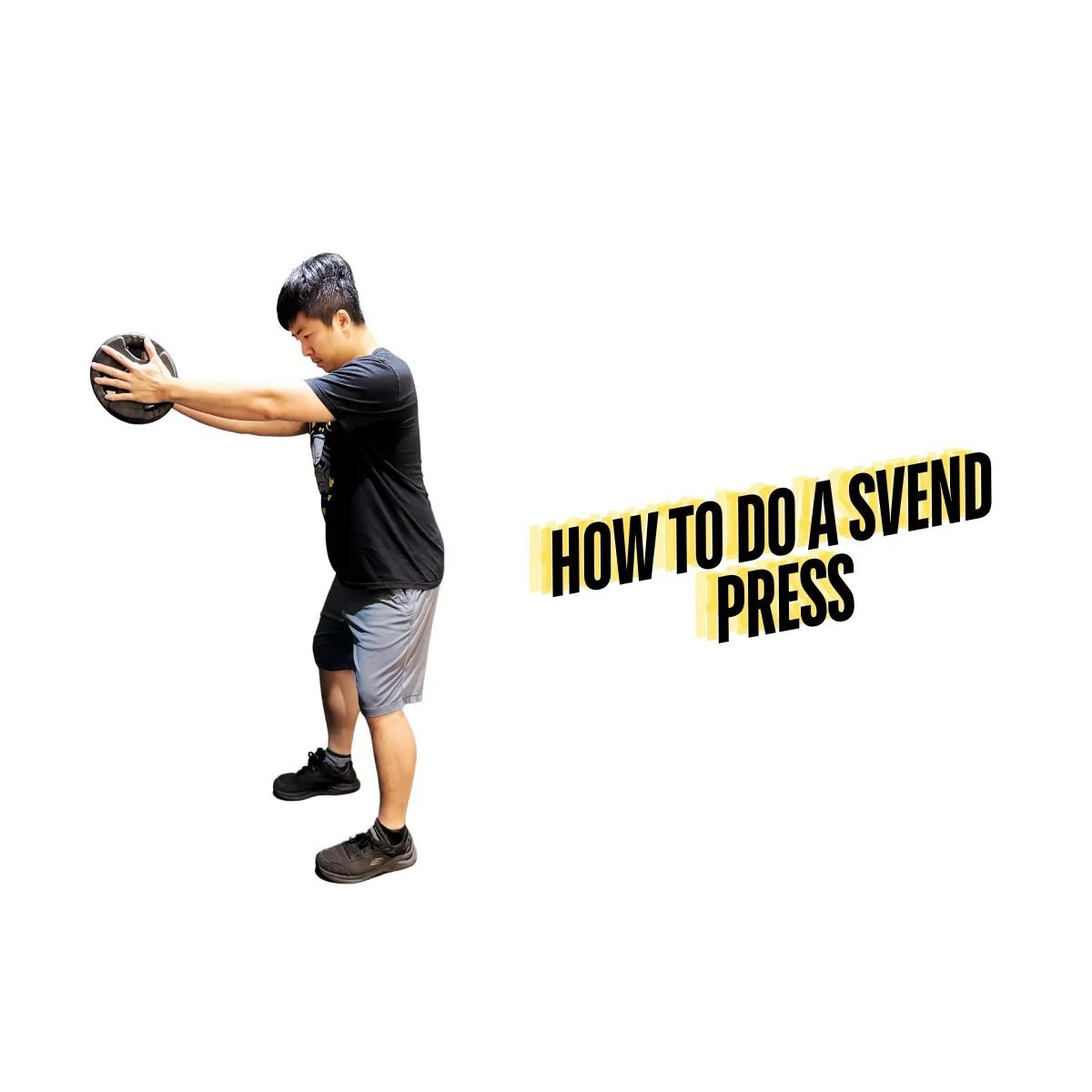Exercise Tutorial: Sit Up
Table of Contents
What Is a Sit Up
A Sit Up is a bodyweight exercise that is used to target and strengthen the muscles of the Abdomen. There are many benefits to strengthening the muscles of the Abdomen including increased balance and stability of the body. The Sit Up is often confused with the Abdominal Crunch. While the Sit Up is very similar to the Crunch, it has a larger range of motion and will recruit more muscles to complete the movement.
How to Do a Sit Up
The Sit Up is very easy to learn and perform. It requires little space, and can be done anywhere! To learn how to perform the Sit Up, follow these steps.
Lie down on your back with your knees bent and feet flat on the floor.
You can choose where to place your hands. Place the palms of your hands just behind the ears so that the elbows are coming out to the side. Alternatively, you can cross your arms on your chest so that the opposite hand is resting on the opposite shoulder.
Brace the core and use your abdominals to sit all the way up, without moving your feet or using your hands to help you. If you crossed your hands on your chest, the elbows should just touch above the knee.
Slowly return to the starting position in the same manner. Repeat the movement for the required reps and sets.
You have now learned how to perform the Sit Up!
Sit Up Form
Even though Sit Ups are a simple movement, there are often done incorrectly. To perform the Sit Up properly, be sure to remember these tips:
Keep your feet flat on the floor (try asking a partner to hold your feet down, or find a secure object to hook your feet into)
Do not use your arms or swing your arms to help the body up
Remember to breathe properly
Lower the back all the way to the floor in-between reps
Sit Up Benefits
There are many benefits to including the Sit Up in your exercise routine! Some of the benefits of consistently performing Sit Ups include:
Increased core strength
Improved posture
Increased muscular endurance
Can reduce back pain
Overall increased balance
Overall increased stability
Overall Increased athletic performance
Muscles Worked While Doing A Sit Up
The primary layer of the core engaged during a Sit Up is the Rectus Abdominus. Additional muscles that are recruited include:
Iliopsoas
The Sit Up can also engage some muscles in the neck and chest.
Why Are Sit Ups Useful
Improving muscular strength and endurance in the core by performing Sit Ups is important as many of our everyday activities require engagement from the core. As we age or increase our physical activity levels, it is crucial to develop and maintain a strong core to avoid injury to the spine, and improve our balance and stability. As well, most exercises that we perform in the gym also activate the core to some degree. You could say that almost every exercise is a core exercise!
Sit Up Variation
There are many Sit Up variations that you can try! Check out some Sit Up variations below.
Weighted Sit Up
The Weighted Sit Up features the same movement as the Sit Up, just with the addition of a weight. You can use a dumbbell, plate or medicine ball to add the load. Hold the weight with both hands with both arms extended above the head. As you perform the Sit Up, keep the arms extended and the weight above your head.
Russian Twist










